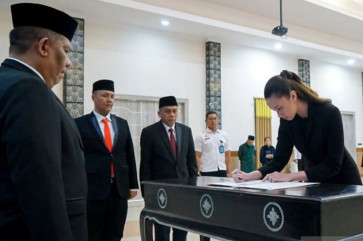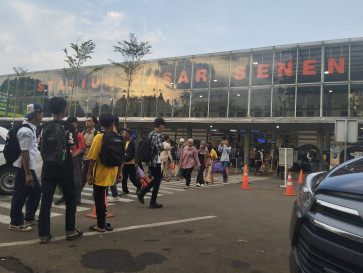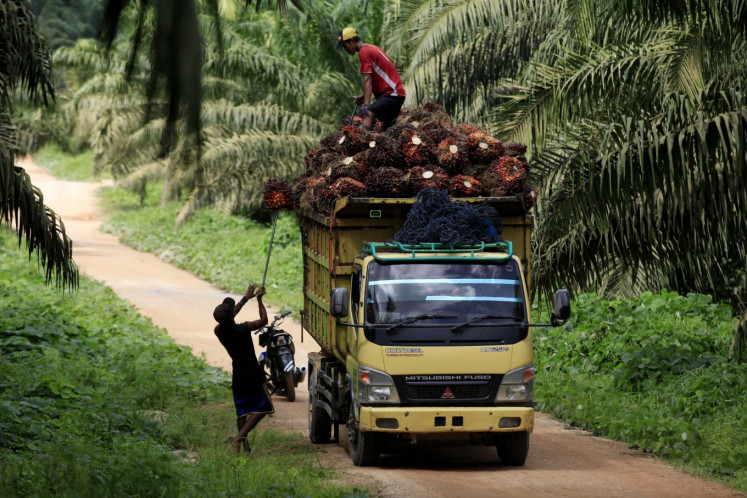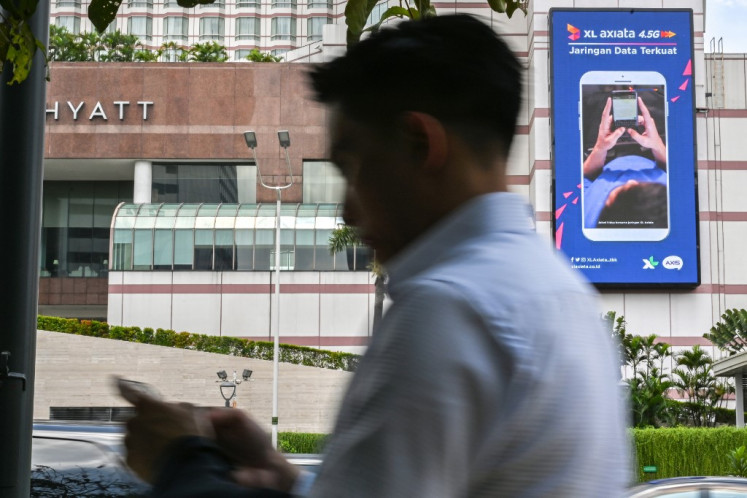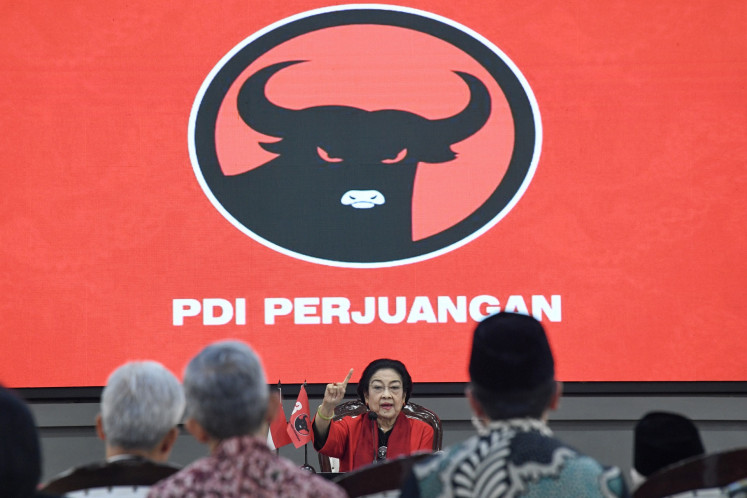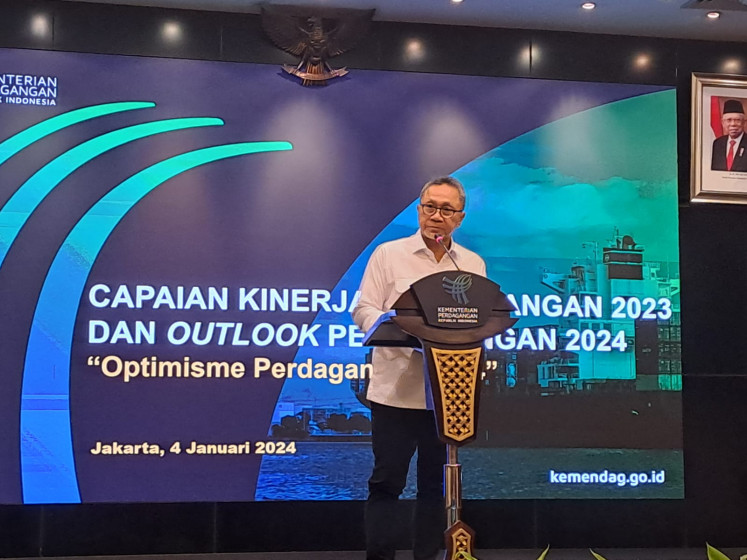C. Java farmers insure crops against losses during natural calamities
Change Size
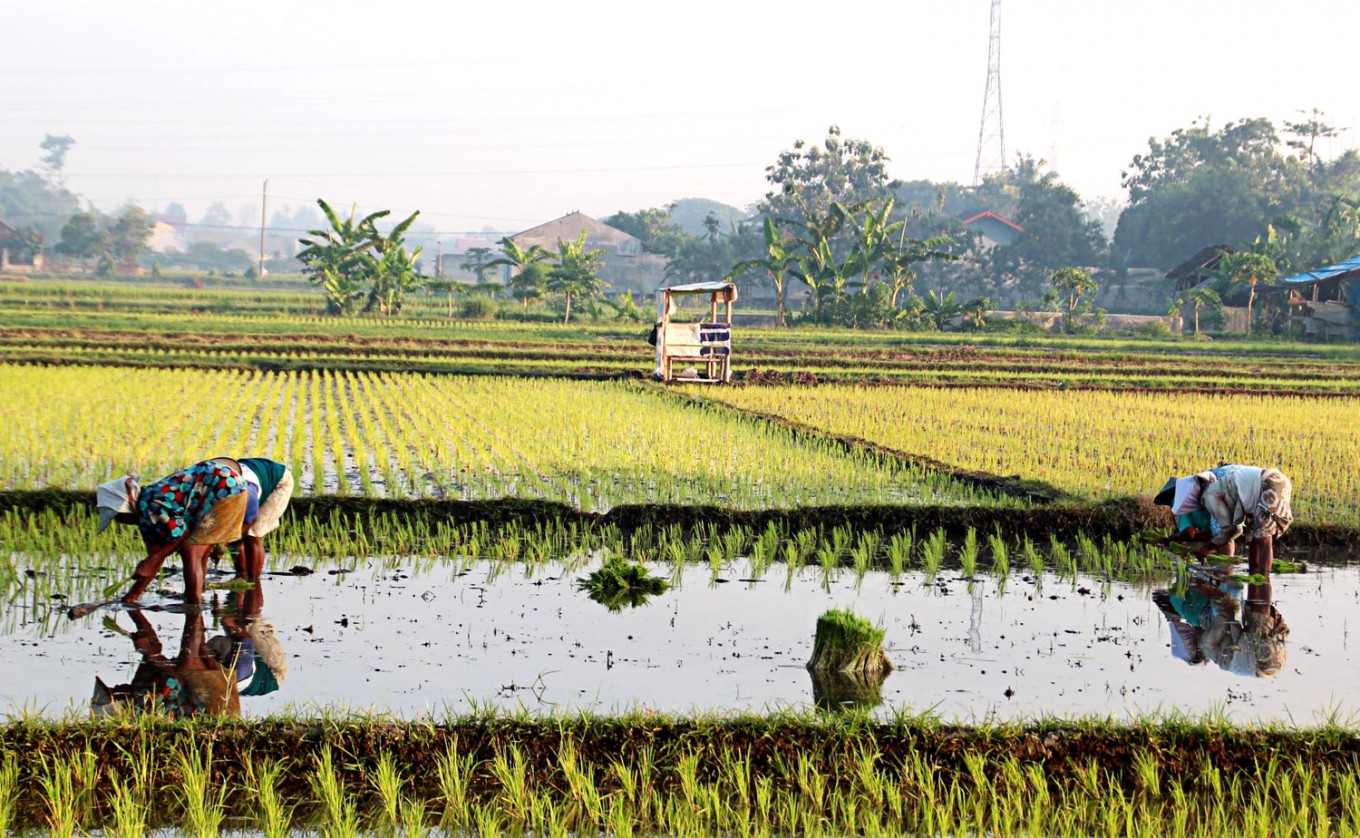 Prime commodity – Farmers work their paddies in a field in Central Java. Their participation in crop insurance programs has helped minimize losses from harvest failures caused by natural disasters. (JP/Suherdjoko)
Prime commodity – Farmers work their paddies in a field in Central Java. Their participation in crop insurance programs has helped minimize losses from harvest failures caused by natural disasters. (JP/Suherdjoko)
I
n their effort to prevent losses during unforeseen disasters, 88,492 paddy farmers in Central Java’s northern coastal areas have participated in an agriculture insurance program.
With the insurance, paddy farmers who mostly have only less than 0.5 hectares of farming land can request for payments to cover financial losses suffered from harvest failures caused by natural disasters, plant pests and diseases. They can later use the payment to start working on their paddy fields again.
Sumadi, the marketing manager of state-owned insurance firm PT Jasa Asuransi Indonesia (Jasindo) at the Semarang office, said the farmers had paddy fields amounting to 22,123.59 hectares of land.
“One hectare of paddy field can be worked on by three or four farmers,” he said on Wednesday.
Sumadi further explained that with a crop insurance program, farmers could be protected from losses during times of natural calamities.
The government introduced the paddy farming insurance program in 2015, based on Law No.19/2013 on farmer protection and empowerment, Agriculture Minister Decree (Kepmen) No.40/2015 on paddy farming insurance premium guidelines and Kepmen No.2/2016 on paddy farming program management and implementation methods.
Launched during a rainy season in October 2015, the program aims to cover one million hectares of paddy fields in 16 targeted provinces.
The government has appointed Jasindo, which has five branches in Central Java, as the implementing entity of the program. Those offices are in Purwokerto, Semarang, Surakarta, Tegal and Yogyakarta.
For Central Java, Sumadi said, Jasindo was targeting to cover 150,000 ha of fields. For northern coastal areas, which comprise five regencies, namely Kendal, Magelang, Semarang, Temanggung and Wonosobo, Jasindo targeted 24,000 ha, but only 13,356.64 ha had been realized.
Jasindo also aimed to cover 38,500 ha of fields in seven other northern coastal areas, namely Blora, Demak, Grobogan, Jepara, Kudus, Pati and Rembang. Only 8,766.95 ha had been realized, however, said Sumadi.

Based on existing regulations, each farmer would pay an insurance premium of Rp 180,000 per ha of area. As the government subsidies 80 percent of the premium, farmers would pay only Rp 36,000 per ha per planting season.
With the program, if 75 percent of their crops are damaged due to flooding, the dry season, pests or disease attacks, farmers can request Rp 6 million to cover losses in every hectare of their fields.
“Farming group leaders play key roles to encourage their members to participate in the insurance program. Each member will have to a pay an insurance premium of around only Rp 9,000-Rp 12,000 because his or her land is less than 0.5 ha,” said Sumadi.
He further said Jasindo had paid Rp 133 million to cover losses for Demak, Grobogan and Pati farmers, who suffered harvest failures caused by flooding at the beginning of 2016.
To support the program, the Dutch government has provided software that can process satellite imagery that helps track the extent of damaged paddy fields through its Geodata for Upgrading Small Holders Farming System in Indonesia (G4INDO) project.
“Our targeted group comprises 200,000 small farmers,” said G4INDO project head Aart Schrevel. The project has been piloted in three East Java regencies, namely Jombang, Kediri and Nganjuk, which is known as the national rice producer. (ebf)

